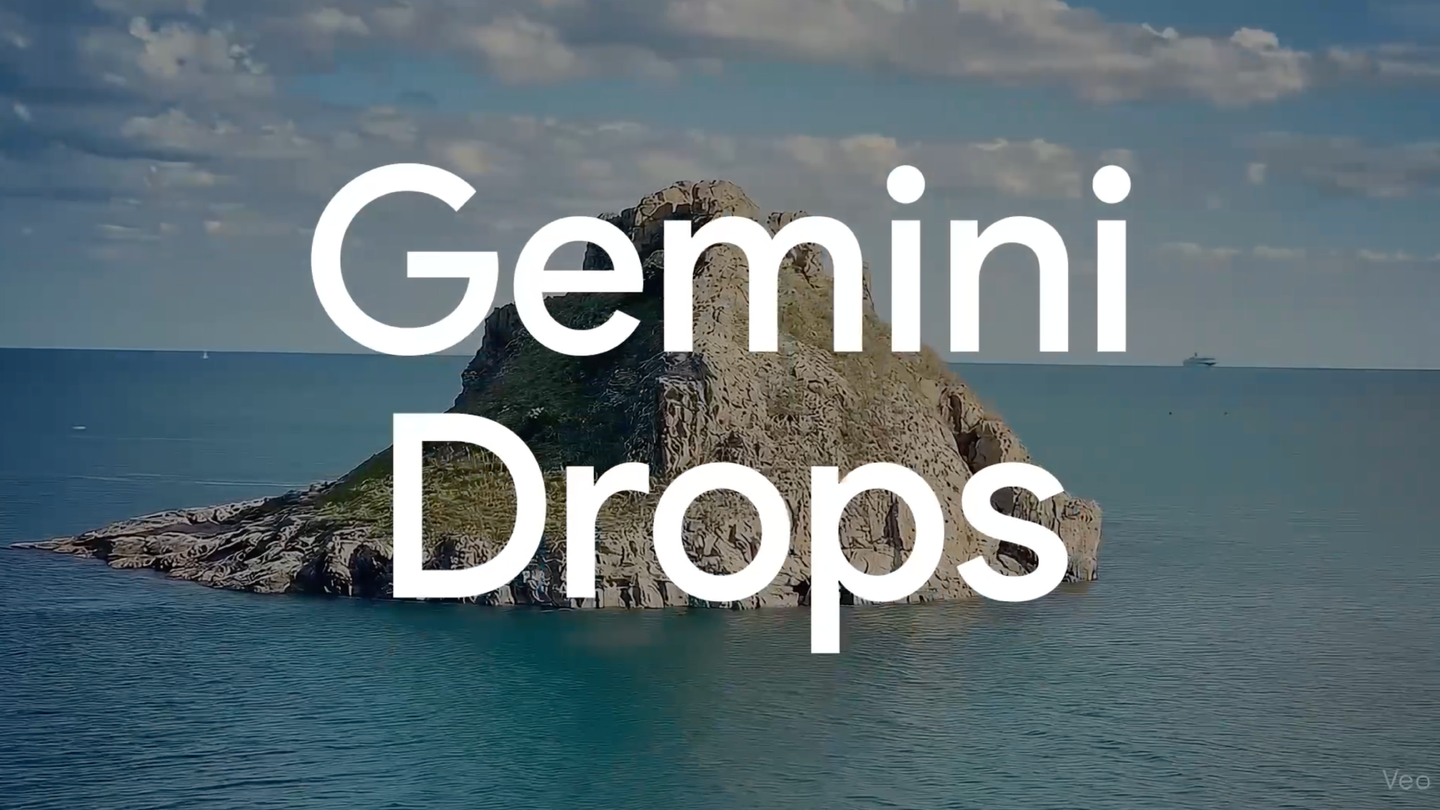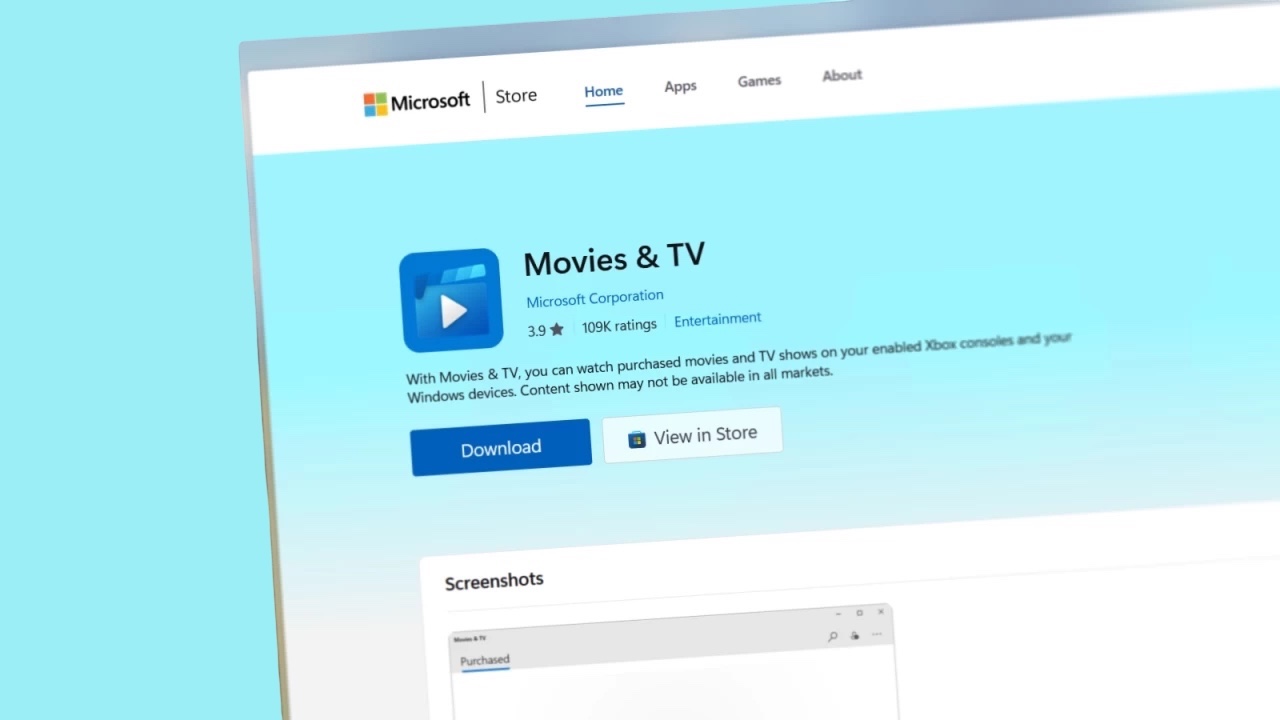Netflix has officially entered the era of generative AI in filmmaking. During its Q2 2025 earnings call, the company revealed that it has started using AI-generated visuals in some of its original programming—marking a notable shift in how streaming content may be produced moving forward.
Co-CEO Ted Sarandos said the first instance of generative AI (GenAI) footage appearing on screen was in the Argentine series El Atonata, where a scene depicting a building collapse was created using AI tools instead of traditional visual effects. According to Sarandos, the AI-assisted sequence was completed ten times faster than standard methods and at a significantly lower cost.
“This is real people doing real work with better tools,” Sarandos said, emphasizing that AI is not replacing creators but augmenting their capabilities. He pointed to the benefits AI brings across production workflows, including pre-visualization, shot planning, and complex visual effects that were previously only feasible for high-budget projects.
Netflix has been experimenting with AI in other areas of its platform as well. Co-CEO Greg Peters mentioned that generative AI is also being used to improve search, recommendation systems, and advertising. The company is preparing to launch interactive ads in the second half of 2025, as part of its growing interest in targeted, AI-enhanced viewer engagement. Earlier this year, it introduced AI-powered search to help users find content more easily across its expanding library.
The announcement comes amid broader efforts across the entertainment industry to incorporate AI into production pipelines. Several visual effects studios and tech companies have developed generative tools aimed at accelerating post-production tasks, but Netflix is among the first major platforms to confirm that such technology is already being used in final on-screen content.
While the use of AI in content creation remains a controversial topic—especially regarding labor rights and creative credit—Netflix appears to be positioning itself as a proponent of AI as a collaborative tool rather than a replacement. The company’s internal production teams are reportedly working alongside third-party creators to test and refine AI-assisted techniques across various genres and markets.
Netflix’s Q2 financial results reflect ongoing momentum, with revenue climbing 16% year over year to $11.08 billion and profits hitting $3.13 billion. The company reported that subscribers watched over 95 billion hours of content in the first half of the year, with non-English titles making up roughly one-third of total viewership.
As AI continues to reshape how digital content is produced, Netflix’s early adoption signals a likely acceleration in industry experimentation—raising both possibilities and questions about the future of storytelling, production timelines, and the economics of streaming.





